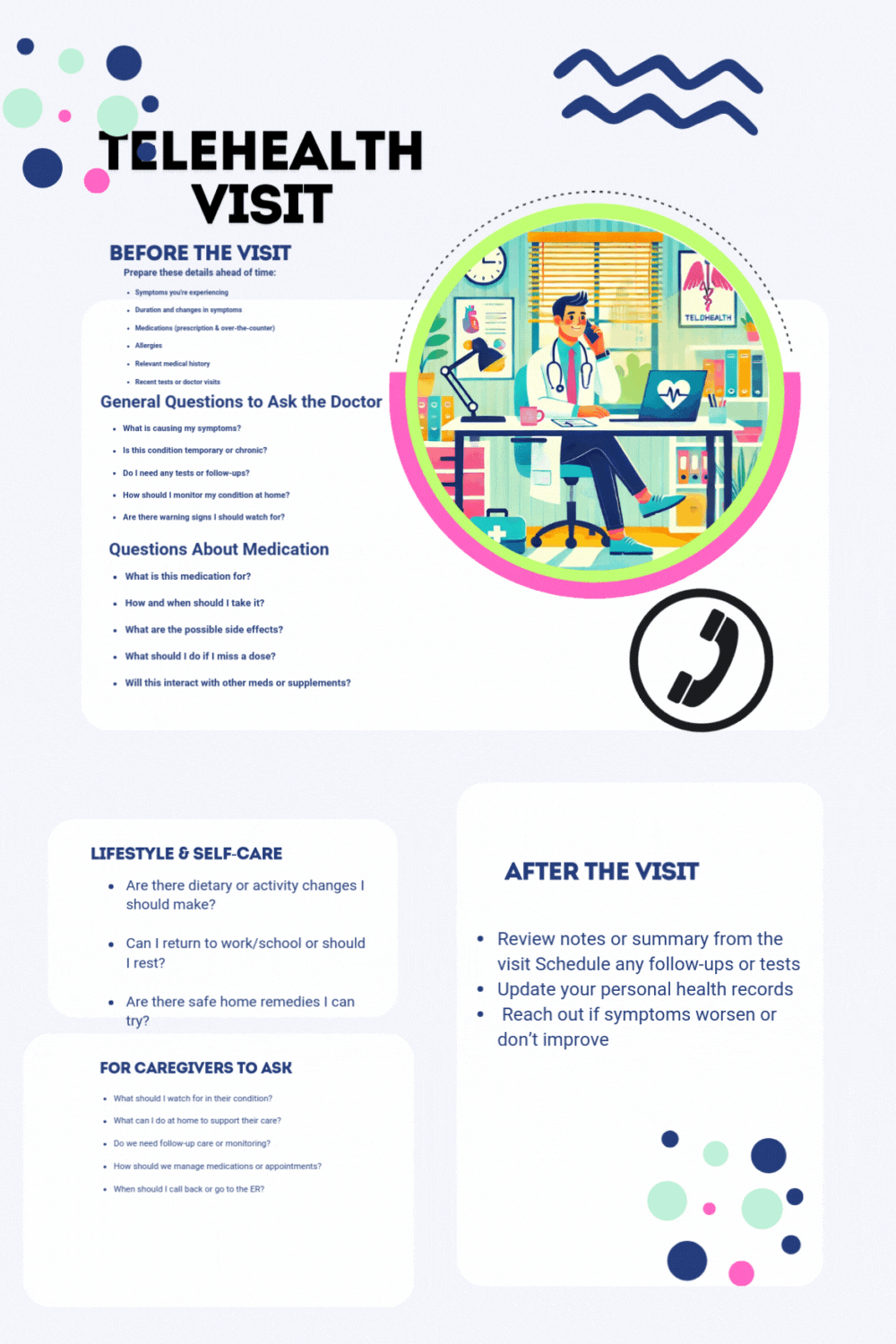Join Our Community & Get Your Free Health Starter Kit
Benefits and Drawbacks of Telehealth Explained
Explore the real benefits and drawbacks of telehealth in our informative guide. Learn about convenience, privacy concerns, and tech limitations to determine if virtual care is right for you. Ideal for first-timers and those curious about digital doctor visits versus in-person care.


In today’s fast-paced world, convenience is king — and that includes how we manage our health. Telehealth, or virtual doctor visits, has become a game-changer for many patients and providers alike. But like any innovation, it comes with its own set of advantages and challenges. Whether you're considering your first virtual visit or weighing the pros and cons, here’s a quick guide to help you make an informed decision.
Pros of Telehealth Visits
1. Convenience and Comfort
With telehealth, you can speak to a healthcare provider from the comfort of your home, office, or even car. There's no need to take time off work, find childcare, or deal with long commutes and waiting rooms.
2. Time-Saving
Telehealth reduces the time spent traveling and waiting at a clinic. Many appointments start on time and last only as long as needed, streamlining the entire process.
3. Improved Access to Care
Telehealth can be especially beneficial for those living in rural areas or places with limited access to specialists. It bridges the gap and ensures timely care, regardless of location.
4. Ideal for Routine and Follow-Up Visits
Need a prescription refill, lab result review, or chronic condition follow-up? These types of visits are perfect for virtual care.
5. Reduces Exposure to Illness
Virtual visits help limit contact with sick patients in crowded waiting rooms — a huge plus during flu season or a pandemic.
Cons of Telehealth Visits
1. Not Suitable for All Conditions
Some health issues require a physical exam, diagnostic tests, or hands-on procedures that can’t be done virtually. For example, ear infections, certain injuries, or heart issues might need an in-person assessment.
.2.Technology Issues
Poor internet connection, unfamiliarity with video platforms, or device glitches can disrupt your visit — especially for elderly patients or those not tech-savvy.
3. Privacy Concerns
Although most telehealth platforms are secure, there’s always a small risk of data breaches or overheard conversations if you're not in a private space.
4. Insurance and Billing Confusion
Not all telehealth services are covered by insurance plans, and billing can sometimes be tricky or unclear, especially across state lines or with out-of-network providers.
5. Lack of Personal Connection
Some patients feel that virtual visits are less personal and miss the face-to-face relationship they’ve built with their doctors over time.
Telehealth is a powerful tool that has revolutionized how we approach healthcare, offering flexibility, speed, and access like never before. However, it’s not a one-size-fits-all solution. Understanding when to opt for a virtual visit and when to head to the clinic is key.
Tip: Consider using telehealth for routine check-ins and save in-person visits for more complex or hands-on care needs.

